Glimpses of Ethnobotany and Medicinal Plants of India
This book presents a comprehensive and multifaceted exploration of Ethnobotany, capturing the intricate relationships between humans and plants across diverse regions of Bharat (India). Comprising thirty-four well-researched chapters, it brings together contributions from both reputed and emerging ethnobotanists and encompasses a broad geographical and thematic spectrum—ranging from the Himalayan regions of Sikkim and Uttarakhand to the coastal landscapes of Kerala, the tribal heartlands of Jharkhand, Chhattisgarh, and Odisha, and even the remote Andaman & Nicobar Islands.
Topics covered include the medicinal, nutritional, cultural, and ecological roles of plants in indigenous communities, the therapeutic potential of underutilized species, ethnogynaecology, phytotherapy, food security through wild edibles, sacred groves, homeopathy, and the role of chromatographic techniques in authenticating traditional medicinal plants. Several chapters also document rare, endemic, and threatened species, bridging the gap between traditional ecological knowledge and modern conservation needs.
Emphasis is laid on the documentation of Indigenous Knowledge (IK) and Traditional Knowledge (TK), especially in the areas of medicine and everyday life practices. Several chapters blend field-based ethnographic data with insights from classical literature, offering a rich contextual background for each plant species discussed. These traditions, once scientifically validated, hold immense promise for innovation in healthcare, sustainability, and biodiversity conservation.
Designed to appeal to a wide audience—researchers, academicians, forest officers, and NTFP-based entrepreneurs—this book is not only a repository of knowledge but also a call for responsible, informed application. Readers are encouraged to consult the original contributors and local communities before adopting or utilizing any of the documented practices.
This compilation aspires to serve as a valuable reference for ongoing and future studies in the dynamic and evolving field of ethnobotany, and to contribute meaningfully to conservation strategies and sustainable resource management.
Get it now and save 10%
BECOME A MEMBER

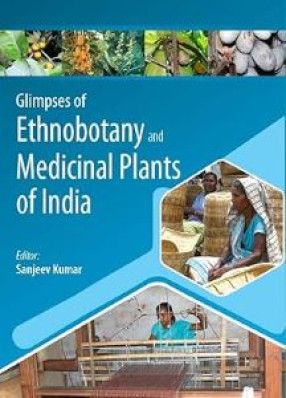
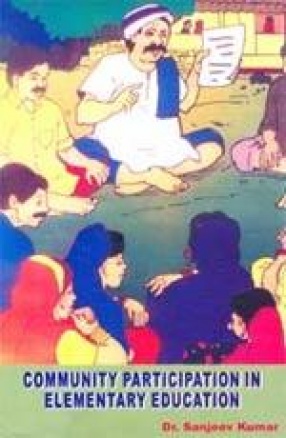



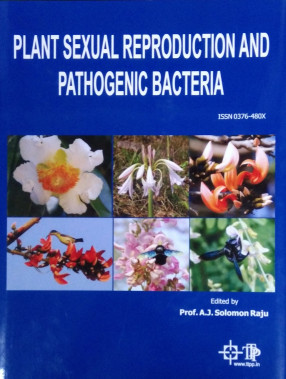
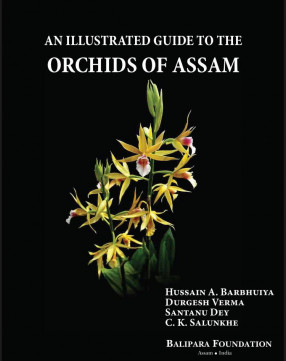
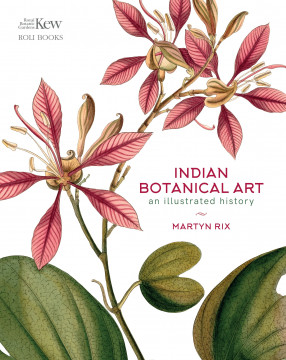
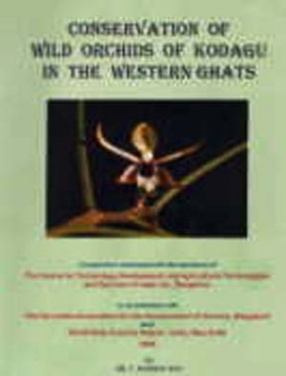

Bibliographic information